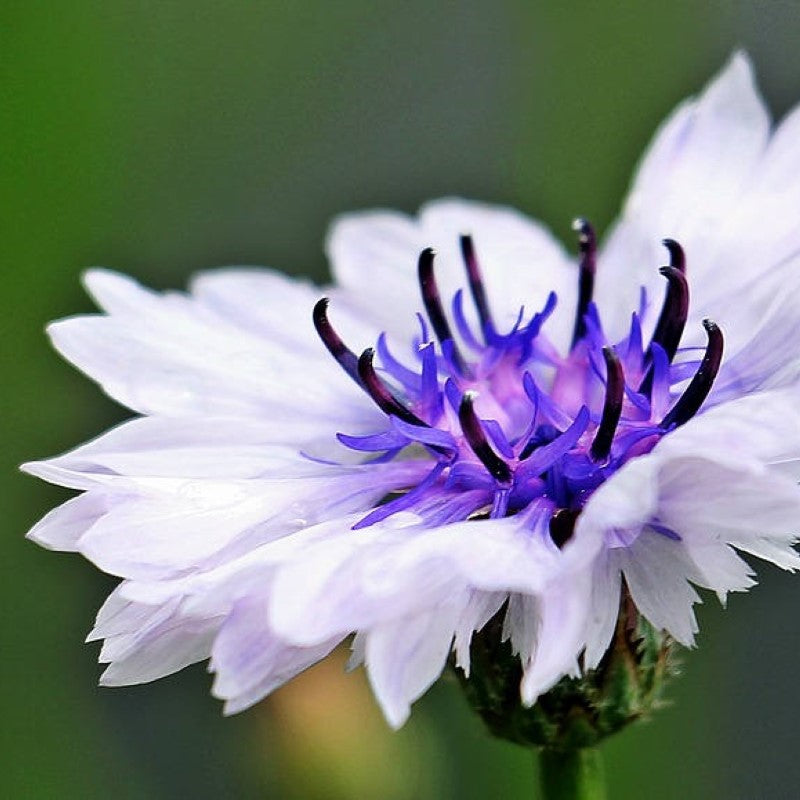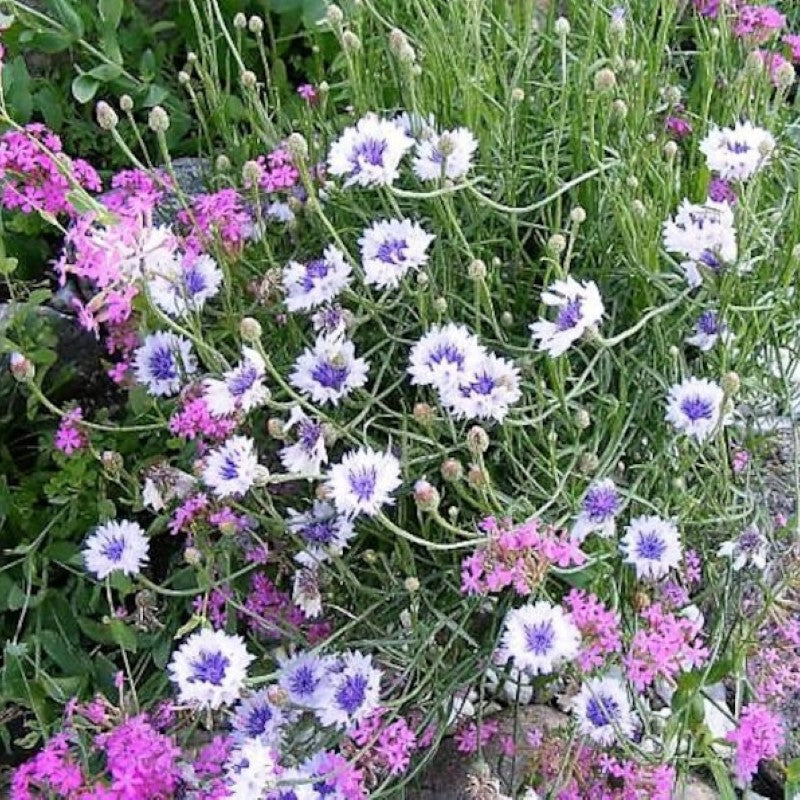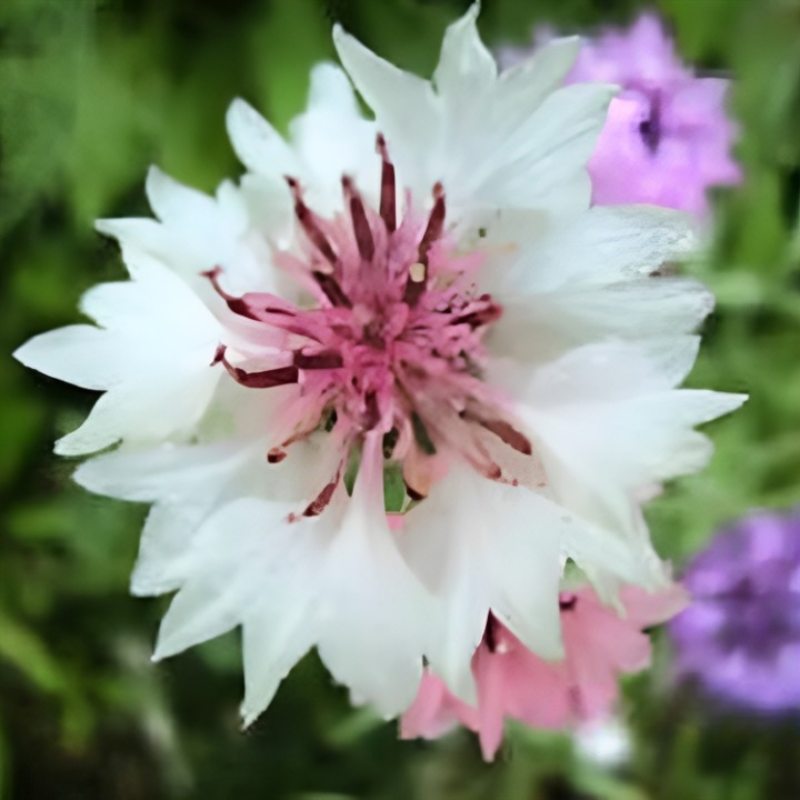- Historical context: Bachelor button, also known as Cornflower (Centaurea cyanus), has a rich history dating back to ancient times. It was revered by the ancient Egyptians and Greeks for its medicinal properties.
- Geographical origination: Native to Europe, particularly the Mediterranean region.
- Relevant cultural significance: In folklore, bachelor buttons were worn by young men in love. If the flower faded quickly, it was taken as a sign that the man's love was unrequited.
- Time period of discovery: The plant has been known since antiquity, with references dating back to ancient Greek and Roman times.
- Original habitat: Originally found in grain fields and meadows across Europe.
- Notable historical uses: Historically used for its medicinal properties, including as an anti-inflammatory and for treating eye ailments. It was also used as a dye and in traditional ceremonies.
- Ideal temperature range: Prefers cool to moderate temperatures, ideally between 60-70°F (15-21°C).
- Soil type: Thrives in well-drained, moderately fertile soil with a pH of 6.6 to 7.5.
- Sunlight requirements: Requires full sun to partial shade.
- Watering needs: Moderate watering; ensure soil is kept moist but not waterlogged.
- Planting season: Best planted in early spring or fall.
- Germination time: Typically germinates within 7-14 days.
- Growth cycle duration: Annual plant, completing its life cycle in one growing season.
- Common pests and diseases: Susceptible to aphids, powdery mildew, and rust. Regular monitoring and appropriate treatments can help manage these issues.
- Companion planting advice: Pairs well with other wildflowers and can be used to attract beneficial insects like bees and butterflies.
- Common challenges and solutions: Challenges include susceptibility to pests and diseases. Solutions include proper spacing for air circulation, regular monitoring, and using organic pesticides if necessary.
- Nutritional values: Not typically consumed for nutritional value.
- Health benefits: Traditionally used in herbal medicine for its anti-inflammatory and astringent properties. It is also used in eye washes for its soothing effects.
- Culinary uses: Edible petals are sometimes used as a garnish in salads and desserts.
- Medicinal uses: Used in traditional medicine to treat minor wounds, eye infections, and as a diuretic.
- Other unique advantages: Highly valued for its ornamental beauty and ability to attract pollinators. It is also used in dried flower arrangements.








